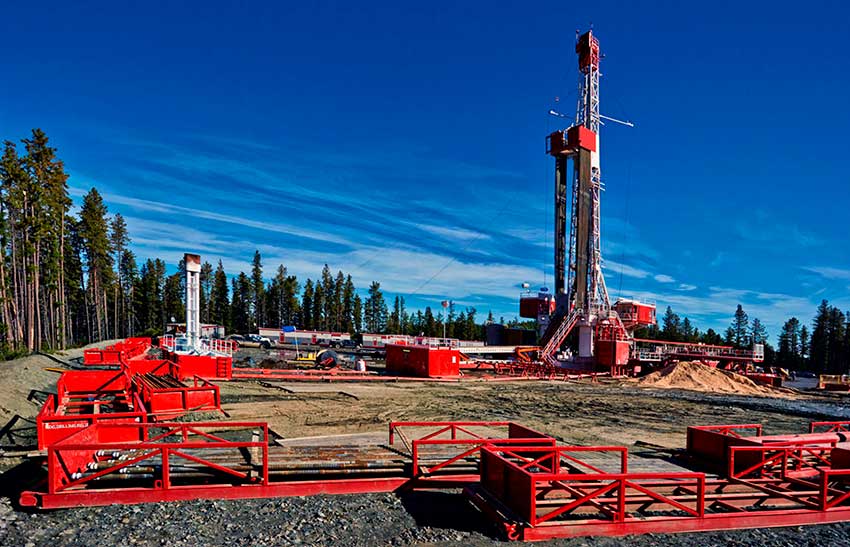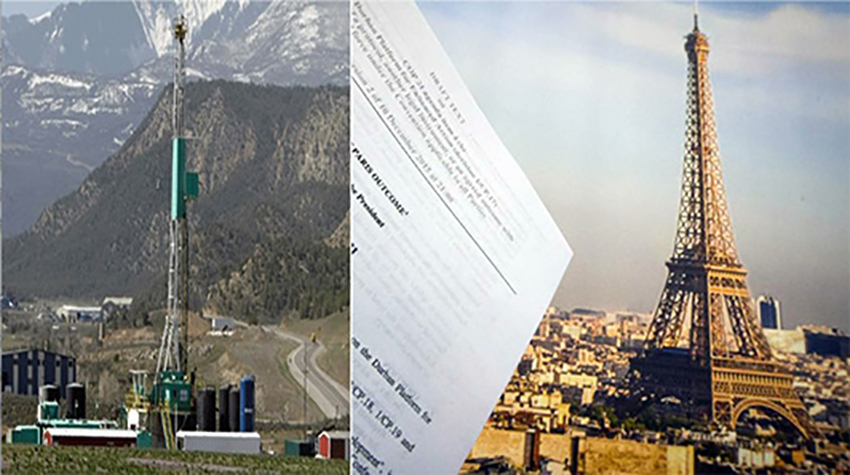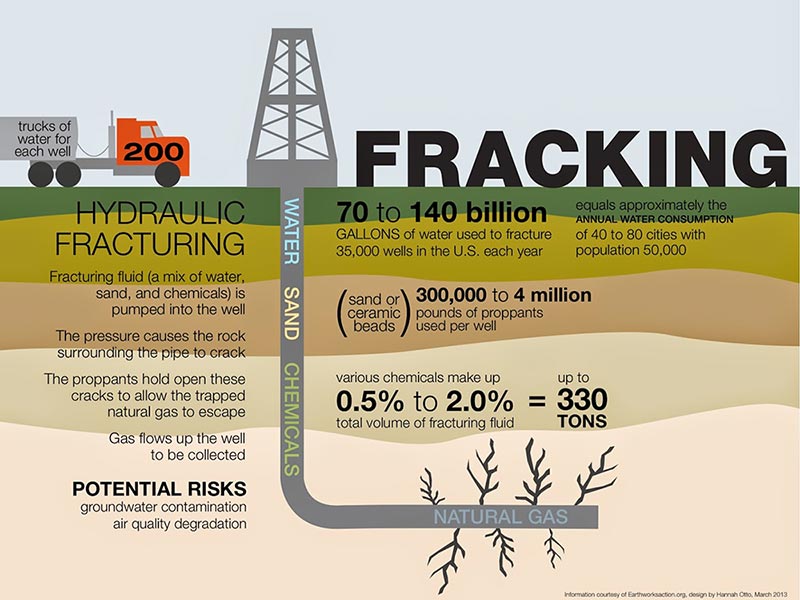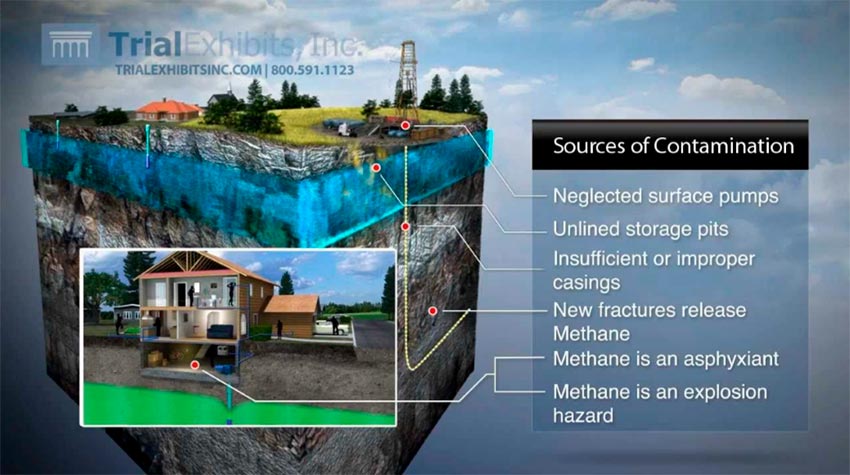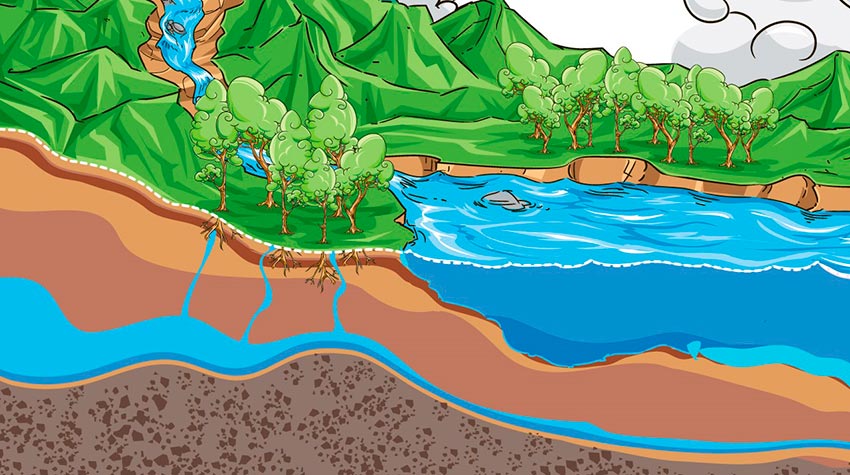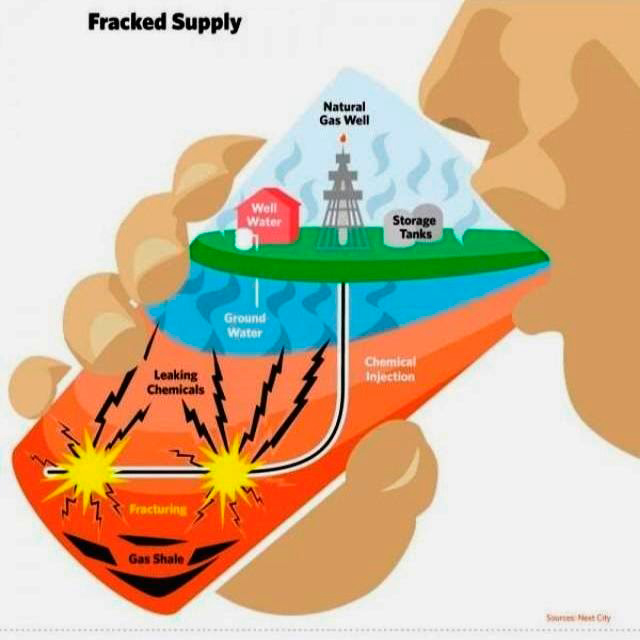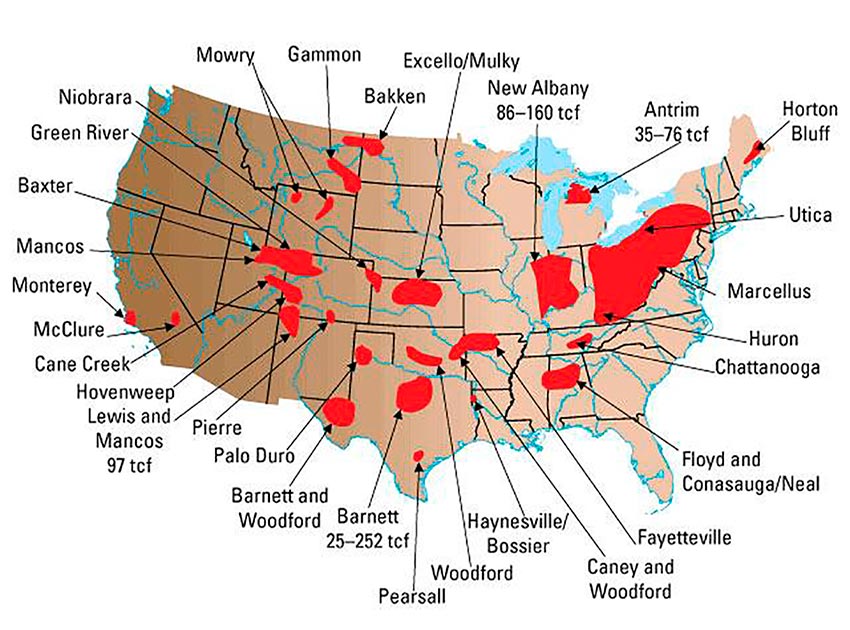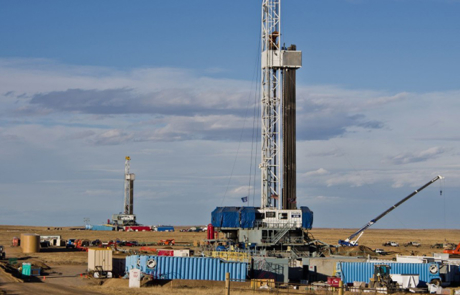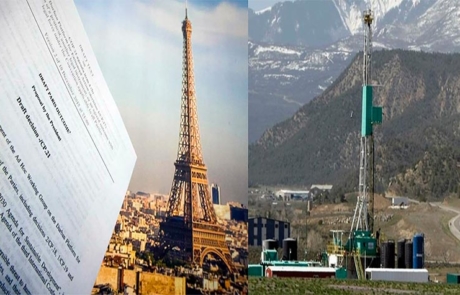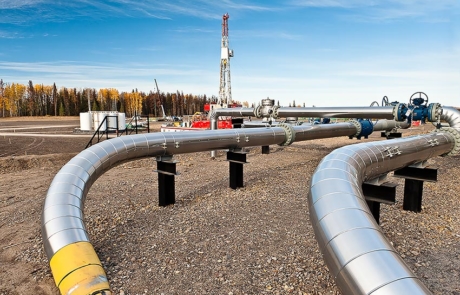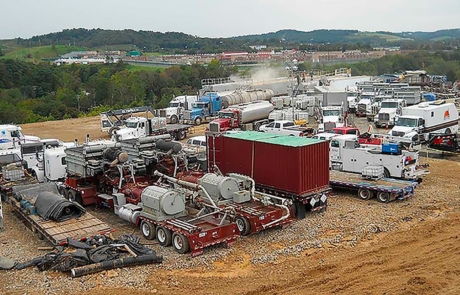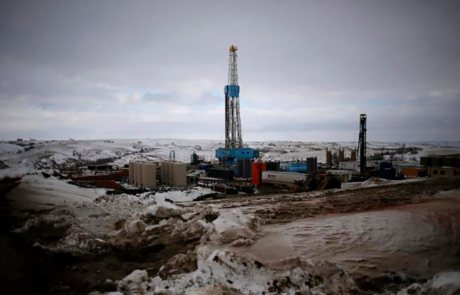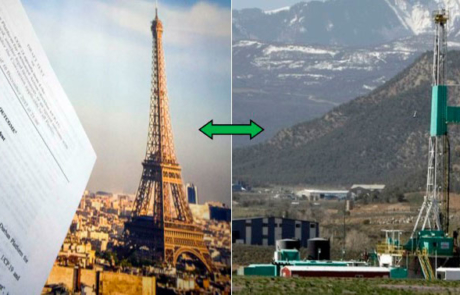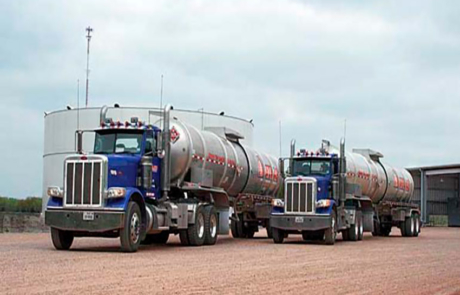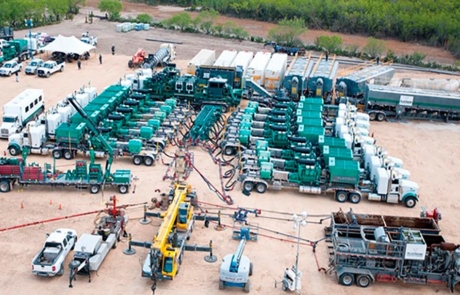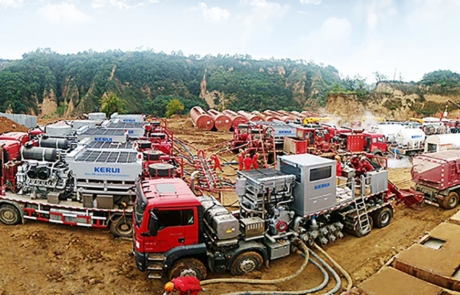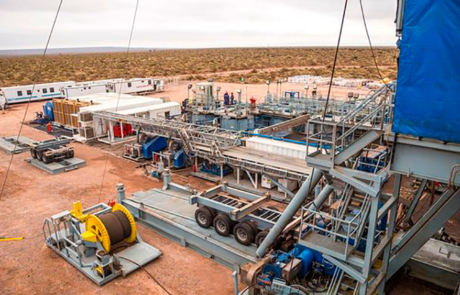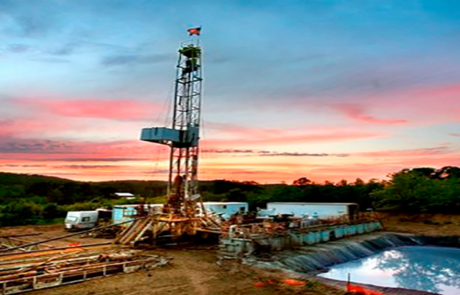1. What is fracking?
Fracking, or hydraulic fracturing, is an unconventional technology used to release hydrocarbons embedded in rocks of very low porosity, at great depths that can exceed three kilometers. Fracking is used to extract gas and oil from the subsoil. In the last decade, especially in the United States, the combined techniques of deep vertical-horizontal drilling and stimulation by fracking have evolved at great speed, making the extraction of oil and gas a solution to the dependence on imported oil. But, in turn, dependence on fossil fuels is driving, which goes in a contrary direction to the Paris Agreement, and the use of clean energy. Shale gas and shale oil, the two products obtained with fracking contribute to greenhouse effect and consequently to global warming and climate change.
Other FAQs about Fracking
1. What is fracking?
2. What products are obtained with fracking?
3. How is the fracking procedure?
4. When was fracking first used?
5. Is fracking dangerous?
6. How does fracking affect the environment?
7. How does fracking affect climate change?
8. What are shale gas and shale oil?
9. In what countries is fracking done?
10. Are there regulations for fracking technology?
11. In which countries is fracking prohibited?
Other sections of Fracking

Fracking fever, a real threat to Paris Agreement
The failure of the Paris Agreement would be the failure of Homo sapiens. If we do not reverse the increase in global warming and we do not support sustainability on our planet, we will all be losers. There are clear indications that we are going in a opposite direction to the 2015 agreements, as can be seen in this paper. The increasing fever of the fracking, due to the cheapening of the processes of extraction…

Fracking or hydraulic fracturing
Fracking, or hydraulic fracturing, is an unconventional method of extracting oil and gas that requires vertical and horizontal drilling at great depths. The first commercial hydraulic fracturing was achieved as recently as 1998. Fracking is a very controversial technology since it prolongs the use of fossil-fuel hydrocarbons…

